Three patent filings set into motion by Apple just a month after the iPhone's US debut open the door to curved multi-touch surfaces that can recognize more than just fingertips.
This will let a given multi-touch device not just recognize more complicated gestures, such as grabbing or swiping motions with one or more fingers, but also selectively disable input depending on the immediate context. Typists could leave their palms on a touch-sensitive device without activating controls while gaining the palm rest area back for other functions when necessary, or cease moving a cursor when a finger comes to a complete stop.
A version of the technology with pressure sensitivity could also exploit this ability to recognize rolling, tilting, or twisting motions for manipulating content in 3D, Apple explains in the patents.
But because the touch controls would not have to be flat, the combination of these advancements could lead to particularly unique designs. One concept explained in the filings would have a curved surface designed to be ergonomic over long periods, such as with a keyboard. It could also detect when a user is drawing with a stylus through both the inner fingers and the movement of the palm.
The patents are not connected to any existing product design from the Cupertino, California-based firm, whose iPhone and iPod touch, or any future handhelds, are unlikely to benefit from the advancement. Instead, the notion of a hand-sensitive, curved controller is intended primarily as a "computer input device" that may eventually replace both a keyboard and mouse.
 Katie Marsal
Katie Marsal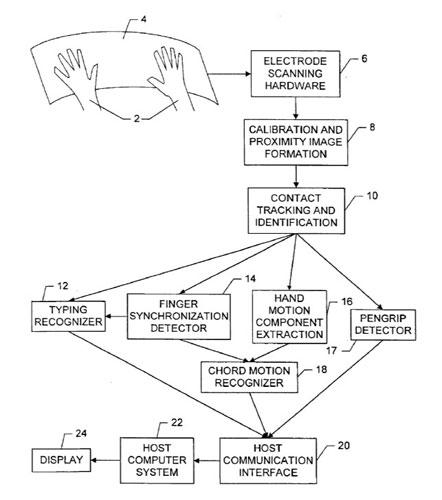

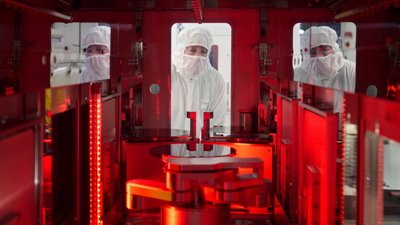
 Malcolm Owen
Malcolm Owen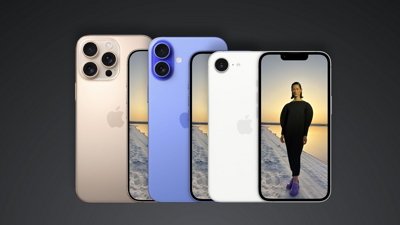
 Andrew Orr
Andrew Orr
 William Gallagher and Mike Wuerthele
William Gallagher and Mike Wuerthele
 Christine McKee
Christine McKee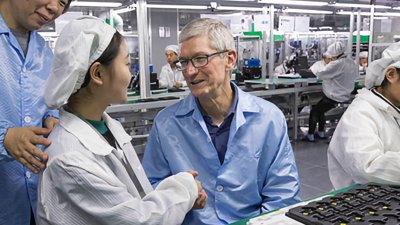

 William Gallagher
William Gallagher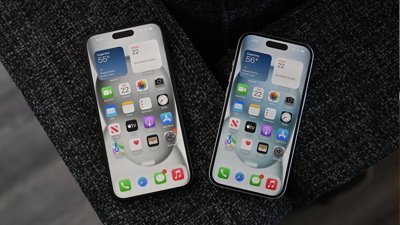
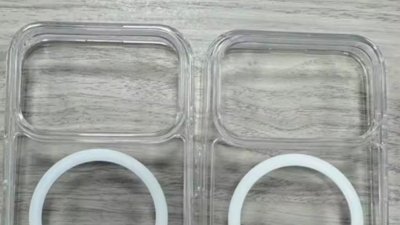



-m.jpg)






35 Comments
Once this is a real product, traditional keyboards and mice will look archaic, and Windows PCs will still use them. The Mac will, once again, lead the pack for how human-computer interaction should be.
Ah, the dreams of Star Trek continue to make their way into real life.
We have here the patent for the Mac Touch, an 8.5" x 11" input device/screen/computer, essentially the iPod Touch/iPhone for work. The true tablet computer without a rotating screen or clanky keyboard. Fully functional computer with stylus input included for handwriting. Debuting in Macworld January 2008.
Thread over.
Nothing more than an upgraded version of the Fingerworks Touchstream LP, still going for up to $1000 on eBay.
The "dreams of Star Trek"? More rubbish. When did Trek ever use MultiTouch? All they ever had were fake single-point touchscreens, no gestural or pressure input. At most, they used three fingers to simulate the original transporter sliders. Take Trek off that pedestal where it doesn't belong and come back to the real world.
We have here the patent for the Mac Touch, an 8.5" x 11" input device/screen/computer, essentially the iPod Touch/iPhone for work. The true tablet computer without a rotating screen or clanky keyboard. Fully functional computer with stylus input included for handwriting. Debuting in Macworld January 2008.
Thread over.
I think not. Where does the article say anything about a tablet computer or even a touchscreen? This is a replacement for keyboard and mouse, as the last sentence said.
Strange, but last week I heard a rumour that Apple were working on iPhone2 and it used a flexible design to allow it to bend when you sit down - I dismissed it as rubbish, but you never know...
Nothing more than an upgraded version of the Fingerworks Touchstream LP, still going for up to $1000 on eBay.
The "dreams of Star Trek"? More rubbish. When did Trek ever use MultiTouch? All they ever had were fake single-point touchscreens, no gestural or pressure input.
I just want to state that they could totally reconfigure their stations to better suite their needs. Also, you have to define multi-touch because I am pretty sure they had some of this technology on a few shows and a movie.
But I think the point was not that it was a rip-off of Trek, but rather Futuristic like Trek.